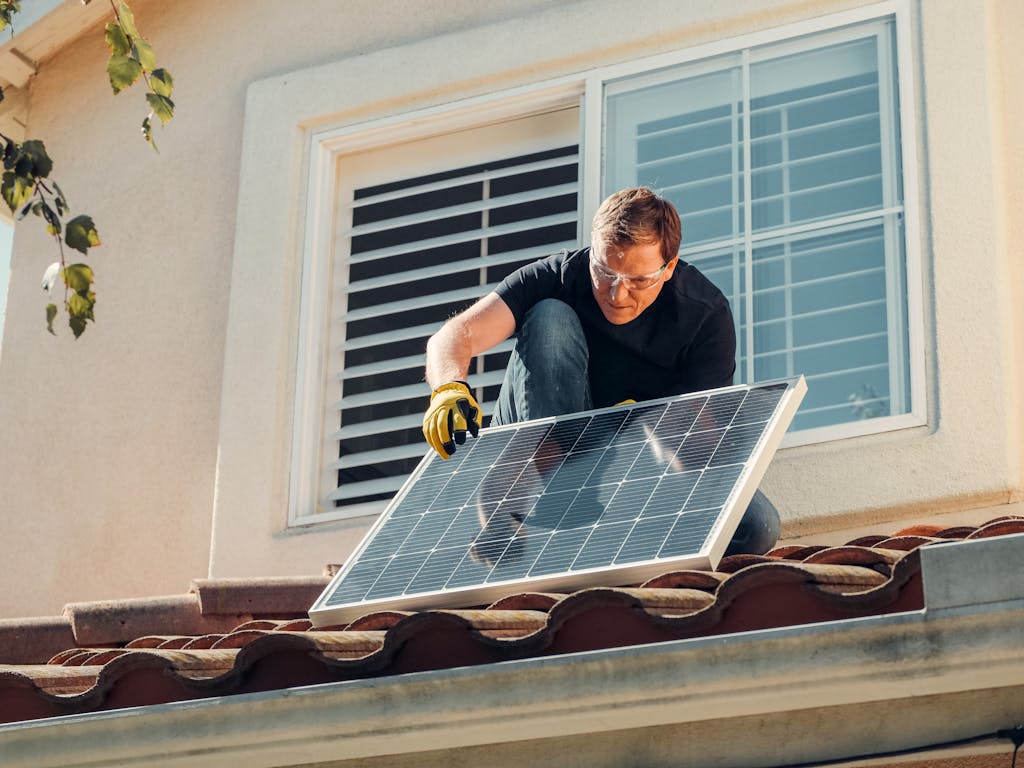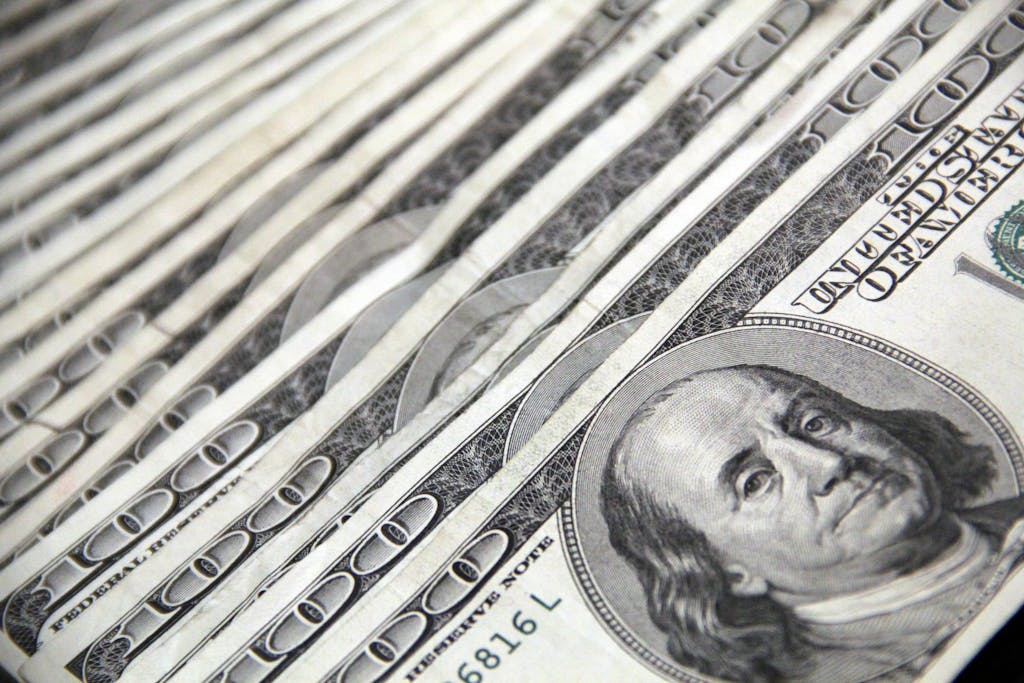Is Solar Too Expensive? Unlocking the True Value of Home Solar
At first glance, solar might seem like something only people with big houses or big budgets can afford. But once you look a little deeper, you see that solar isn’t an expense—it’s an investment. It is a choice that not only cuts your electric bill but adds value to your home and gives you energy independence. If you have ever wondered whether solar is too expensive, read on to learn the truth in plain language.

Is Solar Too Expensive? Unlocking the True Value of Home Solar
At first glance, solar might seem like something only people with big houses or big budgets can afford. But once you look a little deeper, you see that solar isn’t an expense—it’s an investment. It is a choice that not only cuts your electric bill but adds value to your home and gives you energy independence. If you have ever wondered whether solar is too expensive, read on to learn the truth in plain language.
Paying Your Power Bill vs. Owning Your Power
Most homeowners pay a monthly electric bill that just goes away. That money never adds any value to your home, and you have no control over rising rates. With solar, instead of paying a utility company, you invest in generating your own electricity. It is like switching from renting your home to owning it. The money you used to pay every month becomes an investment that keeps paying you back in savings over the years.
For example, if you pay $150 per month for electricity, that adds up to $1,800 each year. Over 25 years, this amounts to nearly $45,000. With solar, you start cutting that bill, and the savings can add up very quickly.
What Does Solar Really Cost?
A typical residential solar system in the U.S. costs between $15,000 and $25,000 before tax credits. That might sound like a lot, but there are many ways to make it affordable:
- Cash Purchase: Paying cash can save you the most money over time, as there are no monthly payments.
- Solar Loans: With a loan, you own the system and make monthly payments that are often close to—or even lower than—your old electric bill.
- Leases/PPAs: With these options, you do not own the system, but you can enjoy lower power costs with little to no upfront cost.
Even with financing, many homeowners begin saving money right from the start. Over time, the savings continue to grow as electricity rates keep rising.
How Much Can You Really Save?
Let’s break down the numbers. If your electric bill is $150 per month, you could be saving $1,800 per year. If your solar system costs $20,000 and helps eliminate most of your bill, your lifetime savings can easily reach or exceed $25,000. Many homeowners see their solar system pay for itself in as little as 6 to 8 years, after which all the savings directly add to your bottom line.
Beyond cutting costs on your bills, solar also increases your home’s value. Recent studies show that homes with solar panels sell for up to 4.1% more than similar homes without them. For instance, on a $220,000 home, that could mean nearly $9,000 extra when you sell.

The Return on Investment (ROI): A Quiet Powerhouse
When you install solar, you are not just saving money on your electric bills—you are making an investment in your future. Solar systems have a strong return on investment (ROI), often ranging from 8% to 12% on average. That compares favorably with many traditional savings accounts or even some retirement funds.
Once the system is paid off, it continues to reduce or eliminate your electric bill for another 15 to 20 years or more. This means that every month after the break-even point, the money you save is like extra income, contributing to long-term financial stability.
Tax Credits: The 30% Advantage
One of the best parts of installing solar is the Federal Residential Clean Energy Credit. This tax credit lets you deduct 30% of your solar installation cost directly from your income tax bill. For example, if your system costs $20,000, you could get $6,000 back on your taxes.
This 30% credit is set in place until 2032. However, new proposals—sometimes called the “One Big Beautiful Bill”—suggest that the credit could be cut much sooner, possibly ending 180 days after the bill is passed. Experts say that to enjoy the full benefit of this credit, the safest time to act is before the end of 2025. Waiting too long might mean a lower credit, such as 26% or 22% in later years.
Financing Makes Solar Accessible
Many people worry that you have to have $20,000 ready to go to install solar. The good news is that most homeowners finance their solar installation. With solar loans or leases, you can start saving money almost immediately, and your monthly payment may even be lower than your current electric bill. This means you get the benefits of solar without a large upfront cost.
Think of it this way: you are trading a rising, unpredictable electric bill for a steady, often lower monthly cost that builds equity in your home over time.
A Real Story from Florida
Take the example of a couple from Tampa, Florida. They decided to go solar with no money down using a solar loan. Their monthly electric bill of around $150 dropped by about 30% after the installation. Over time, not only did their savings help pay off the system in about 7 years, but the value of their home also increased. When they decided to sell a few years later, they found that homes with solar panels were selling for much higher prices than similar homes without them. This extra home value gave them an additional boost in their overall return on investment. Their story shows that solar can be a wise, long-term investment—even for households that are initially worried about costs.
So… Is Solar Too Expensive?
When you look at the full picture, solar is not too expensive at all. Here’s why:
- Lower Monthly Costs: Your electric bill goes down, and the monthly payment for a solar loan or lease is often less than what you used to pay.
- Long-Term Savings: After the initial investment, the savings on your electricity continue to accumulate over 25 to 30 years.
- Home Equity Boost: Homes with solar panels tend to sell for more, adding value if you ever decide to move.
- Energy Independence: You gain control over your energy costs and are less affected by rising electricity prices.
In other words, you are trading a forever‑rising electric bill for a stable, predictable investment in your home’s future.
Final Thoughts: The True Value of Solar
Solar is much more than a luxury or a new gadget—it is a smart investment for today and tomorrow. It pays for itself over time, increases your home’s market value, and gives you control over one of your biggest recurring expenses. With attractive financing options, an amazing tax credit, and long‑term ROI, solar is one of the smartest decisions you can make.
Want to See Your Options?
If you’re wondering whether your home qualifies, how much you could save, or what the next steps are, it’s easy and free to find out.
If you want to see your options and what you qualify for, click here:
sundialslr.com
Sources (Plain Text with Links)
- EnergySage – Solar Panel Costs
https://www.energysage.com/solar-panel-cost/ - U.S. Energy Information Administration – Average Electricity Prices
https://www.eia.gov/ - Paradise Energy – How Long Does It Take for Solar Panels to Pay for Themselves?
https://www.paradiseenergy.com/ - SolarReviews – ROI Guide
https://www.solarreviews.com/ - Rewiring America – Federal Tax Credit Overview
https://www.rewiringamerica.org/ - JD Supra – Proposed Bill Phase-Out Details
https://www.jdsupra.com/ - Holland & Knight – Senate Moves to Scale Back Tax Credits
https://www.hklaw.com/ - Zillow – Solar Home Premium Study
https://www.zillow.com/research/ - NREL – Solar Home Value Impacts
https://www.nrel.gov/ - Utah Public Service Commission – Export Credit Program
https://www.utahpsc.gov/
